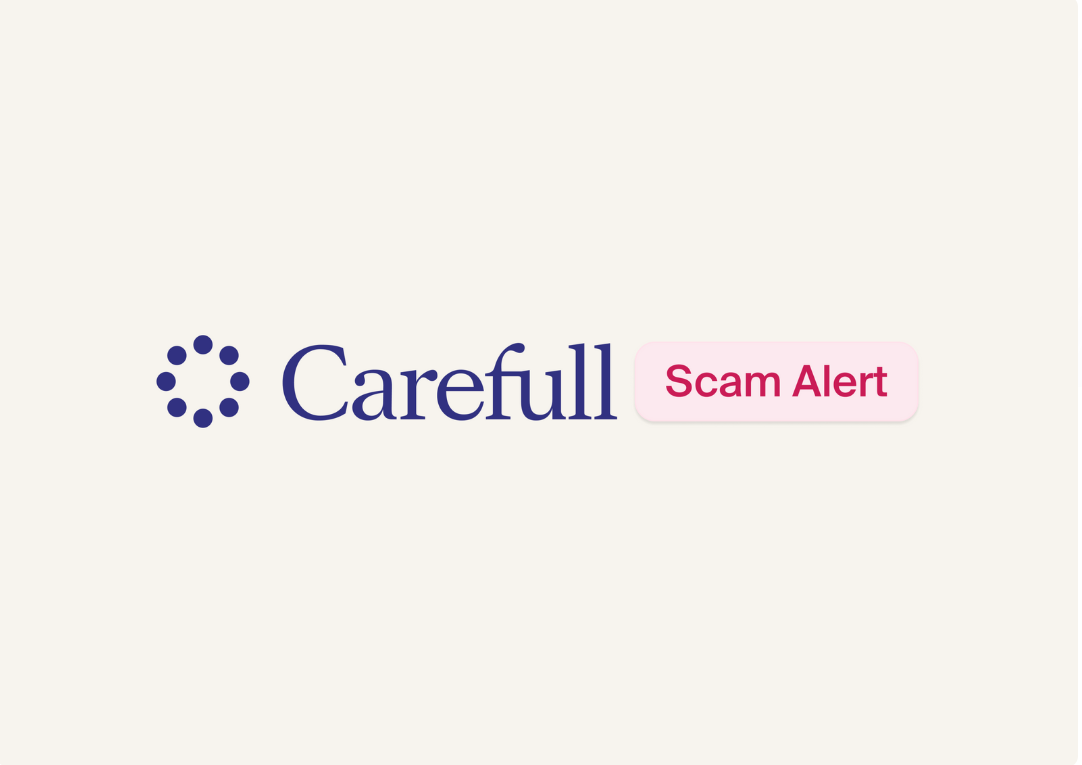How to Protect Your Account Passwords

You need a password to do practically anything online—to see your bank account, check email, post on social media, use TV and movie streaming services, and the list goes on. If you have to log onto multiple accounts throughout the week or even the day, it’s tempting to use just one easy-to-remember password for all of them. So you opt for something like “123456.”
The problem is, “123456” is the most commonly used password around the world, followed by “123456789,” “qwerty” and “password,” according to Cybernews. When you use simple passwords like these, you make it easy for hackers to access your accounts.
So how do you create effective passwords and keep them from falling into the wrong hands. Find out what steps you should take to protect your passwords and your accounts.
Create strong passwords
A strong password is a unique password—one that isn't commonly used, such as “123456.” It also can’t be easy to guess. So you shouldn’t use your name, family members’ names, pets’ names, birthdate or any other personal information.
In fact, it’s best not to use real words. Use a variety of random upper- and lowercase letters, numbers and symbols. And make sure the password is at least 12 characters long.
Don’t reuse passwords
A strong password won’t do you much good if you recycle it. If thieves get that password through a data breach or directly from you through phishing (see below), they’ll be able to access all of your accounts. So make sure that you use a different password for every online account.
Use a password manager
The problem with creating strong passwords for each online account is remembering them. You won’t forget “password,” but try memorizing a dozen or more passwords like “Qr#1$wh930!LHt.” That’s why using a password manager service to generate unique passwords and securely store them is a smart idea. For example, financial account, credit and identity monitoring service Carefull offers a digital Vault that includes a password generator and stores passwords with military-grade encryption.
If you’re not comfortable storing your passwords digitally, you can keep a written list of passwords in a notebook or one a piece of paper and store it someplace safe, such as a locked drawer in a desk. (Note: A written list is better than an electronic document that can be accessed if there is spyware on your computer.) Just don’t keep passwords on sticky notes attached to your computer.
[ Read: How to Protect Your Identity Online ]
Use multi-factor authentication
In addition to using strong passwords, opt for multi-factor authentication for all accounts that offer it. This will require you to use another verification factor such as a text message with a code you’ll need to enter in addition to your username and password. This makes it harder for hackers to access your accounts.
Find out if your accounts have been compromised
Taking the steps listed above will go a long way toward protecting your accounts. However, data breaches happen at large and small companies all of the time, and your account information can be compromised. That’s why it’s a good idea to frequently check if your data has been leaked. When you sign up for Carefull, you can find out whether your information has been exposed in a data breach. Be sure to change the passwords for any accounts that are impacted by a breach.
Avoid links in emails and texts from unknown senders
Data breaches aren’t the only way your passwords can fall into the wrong hands. User error also can be to blame if you click on links in emails or text messages from unknown senders. Those links could contain a virus or send you to a fake website where you’ll be prompted to enter personal or account information.
Also be wary of messages that claim to be from financial institutions, retailers and organizations that might be familiar to you that prompt you to click on links to provide personal or account information. Rather than click on the link, reach out directly to the organization by looking up its phone number or website online.
[ Find Out: What Is Phishing and How to Avoid It? ]
Protect your devices
Protect your computer from malware that can steal your data—in case you do click on a suspicious link in an email—by installing antivirus software. Turn on automatic updates to keep your computer’s software up to date. And make sure the Internet browser you use is the latest version.
To protect your mobile devices, run any operating system updates as soon as you get reminders to do so. Only download apps from trusted sources, such as the Apple App and Google Play stores, and keep downloaded apps updated so they have the latest security features. Most importantly, create a strong passcode to access your mobile phone so thieves won’t be able to get into it if it is lost or stolen and access any of your accounts.
Think twice before sharing your passwords
It’s a good idea to let your spouse, partner or another trusted family member know where your account passwords are stored in case something happens to you and those accounts need to be accessed. However, you shouldn’t reveal your passwords to anyone else—no matter who they claim to be. Keep in mind that your financial institutions, service providers or government agencies won’t call out of the blue asking for your account login credentials or other personal information.
And don’t ever share your passwords with someone you haven’t met in person, especially not a love interest you’ve met online who might actually be trying to scam you. The bottom line is that it’s up to you to keep your passwords safe.
[ Keep Reading: 10 Signs You’re a Victim of Fraud or Identity Theft ]

3 Steps to Safer Money,
Try it Free for 30 Days
Step 1
Start your free,
no-risk trial
Step 2
Connect the accounts and cards you want protected
Step 3
Stay alerted to any
unusual activity



.png)



